Ecommerce loyalty programs serve as a cornerstone for customer retention and brand engagement, contributing significantly to increased revenue streams through recurring purchases.
For businesses aiming to bolster customer retention, developing an enticing loyalty program proves to be a pivotal strategy for sustained growth. Beyond fostering brand loyalty, there are tangible financial benefits associated with these programs.
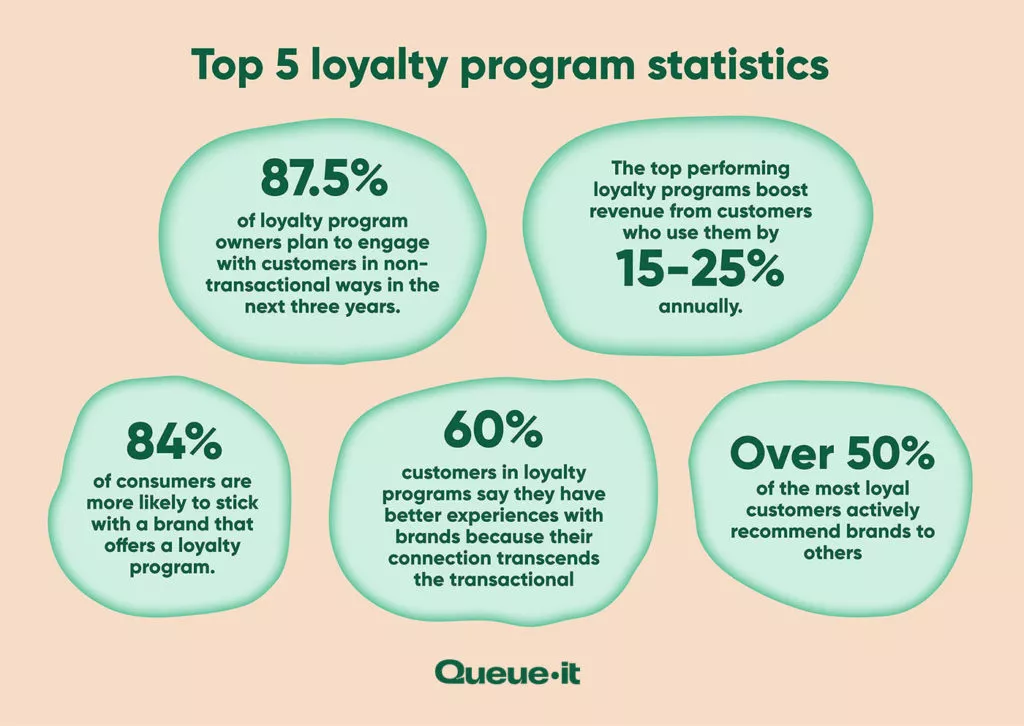
Studies reveal that loyalty program members exhibit a remarkable spending tendency, approximately 67% more than regular customers. This heightened spending propensity stems from the array of incentives offered through loyalty programs. Moreover, loyal customers are inclined to advocate for the brand within their social circles, primarily driven by the referral incentives embedded within these programs. Additionally, customers derive immense satisfaction from brands that effectively reward their loyalty, creating a positive perception and inciting organic word-of-mouth recommendations.
Types of Reward Programs:
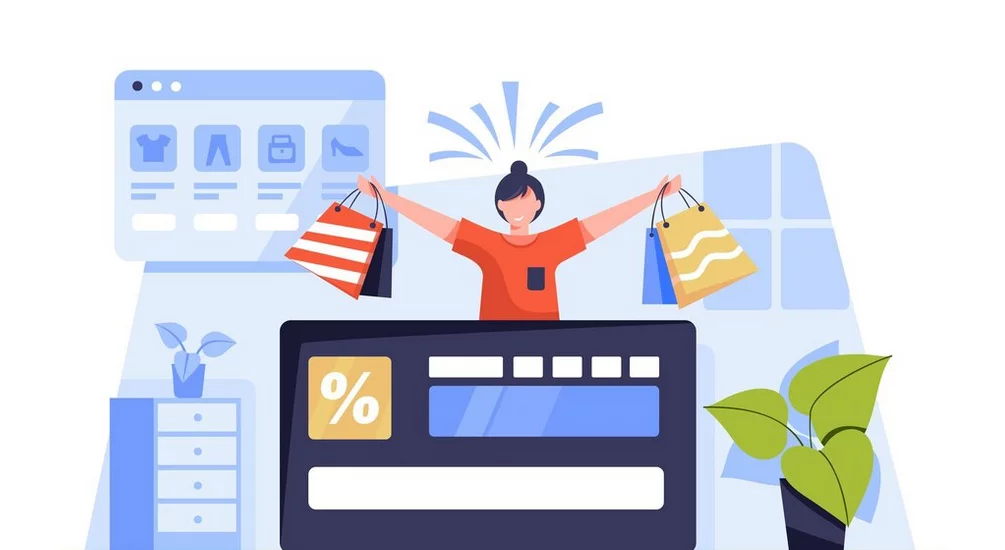
- Point-Based Rewards Program:
In a point-based loyalty program, customers earn points based on their purchases or specific actions. These points accumulate over time and can be redeemed for rewards, discounts, or free items. This model encourages customers to make repeat purchases to accrue more points, thus increasing customer retention and engagement. It’s a versatile system that can reward various customer interactions beyond transactions, such as social media engagement, referrals, or reviews.
- Paid Subscription Rewards Program:
Paid subscription programs offer exclusive benefits to members who pay a recurring fee. The benefits often include special offers, free shipping, early access to sales or products, premium customer service, or access to exclusive content or services. This model leverages the psychology of membership, where customers feel they receive added value and exclusivity in exchange for the subscription fee. It’s a strategy that fosters customer loyalty through ongoing perks and convenience.
- Tiered Rewards Program:
Tiered loyalty programs segment customers into different levels or tiers based on their engagement or spending levels. Each tier offers progressively better rewards or benefits. Customers are incentivized to advance to higher tiers by increasing their spending or engagement, thereby unlocking more exclusive perks. This approach encourages customers to strive for higher tiers, driving increased spending and fostering a sense of accomplishment and exclusivity.
- Benefits Rewards Program:
This program focuses on offering immediate and tangible benefits or perks to customers without the need for accumulating points or progressing through tiers. Benefits may include exclusive discounts, freebies, personalized experiences, or surprise bonuses upon sign-up or with each purchase. This model emphasizes instant gratification and convenience, catering to customers seeking immediate value and personalized experiences.
Learn more about ecommerce plugins here.
Strategies for Ecommerce Loyalty Programs:
A. Establish Objectives for Your Ecommerce Loyalty Program

What are the anticipated outcomes from implementing an ecommerce loyalty program? While increased sales are a primary aspiration for every ecommerce store, identifying additional objectives is crucial for assessing success.
During the planning phase, consider defining specific goals. This clarity will aid in determining the Key Performance Indicators (KPIs) to track (more on reporting later).
For instance, objectives might include augmenting the average basket size, doubling followers on your brand’s Instagram page, and garnering more referrals from devoted customers. Articulating your goals provides insights into shaping your ecommerce loyalty program strategy and pinpointing requisite tools and strategies to achieve them.
Tools & Examples:
- LoyaltyLion: Offers a customizable loyalty program that allows for points, rewards, referrals, and VIP tiers.
- Smile.io: Provides a comprehensive suite for loyalty programs, including points, referrals, and VIP programs.
Company: Sephora Objective: Enhancing Customer Engagement and Retention

Sephora, a renowned beauty retailer, launched its Beauty Insider loyalty program to deepen customer engagement and retention beyond mere sales. While increased purchases were a fundamental goal, their broader objectives aimed to foster a sense of community, personalized experiences, and advocacy among customers.
Key Objectives:
- Community Building: Sephora focused on creating a vibrant community of beauty enthusiasts by offering exclusive events, forums, and early access to new products for Beauty Insider members.
- Personalization: The program aimed to provide personalized recommendations, tailored offers, and birthday gifts, leveraging customer data to enhance individual shopping experiences.
- Advocacy and Referrals: Encouraging members to share their experiences and product recommendations, Sephora rewarded referrals and user-generated content, amplifying brand advocacy among existing and potential customers.
B. Assess Customer Experience and Performance Metrics

Examine your ecommerce website and leverage reporting tools to evaluate performance trends monthly or yearly. Crucial metrics to note encompass monthly transaction volumes, average order sizes, and the influx of new versus recurring customers.
Even if your online store isn’t experiencing substantial order volumes yet, comprehending its current state aids in gauging how establishing a loyalty program can enhance these metrics. Understanding your present standing simplifies measuring progress once the program is operational.
Tools & Examples:
- Google Analytics: Offers robust reporting capabilities to assess website performance.
- Klaviyo: Provides insights into customer data and segmenting for effective email marketing.
Company: Huckberry Evaluation of Customer Experience and Performance Metrics
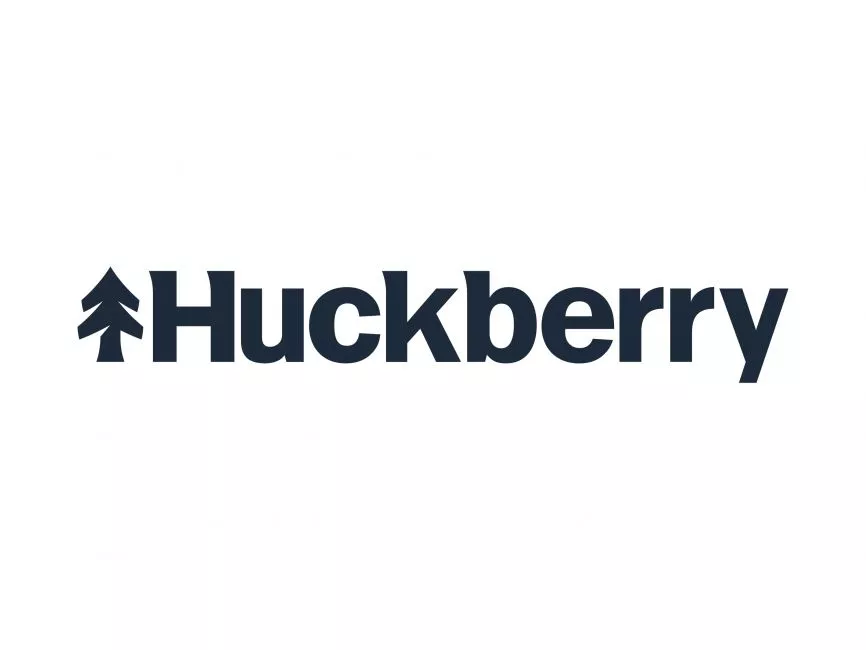
Huckberry, an online retailer specializing in men’s clothing, outdoor gear, and lifestyle products, regularly assesses its ecommerce website performance to optimize customer experience and drive growth.
Key Metrics Evaluated:
- Transaction Volumes: Huckberry diligently tracks its monthly transaction volumes to understand sales patterns and identify peak periods for specific products or campaigns.
- Average Order Sizes: Analyzing the average order sizes helps Huckberry determine customer spending behaviors and tailor promotions or incentives to increase basket sizes.
- New vs. Recurring Customers: The company pays attention to the ratio of new customers versus recurring ones, aiming to strike a balance between customer acquisition and retention strategies.
C. Identify the Target Audience

Who constitutes the target audience for your ecommerce loyalty program? Although it might be tempting to encompass all customers, focusing on loyal customers with a history of repeated purchases, particularly those capable of significant future spending, yields better results.
Known as VIPs, these customers consistently make substantial purchases from your brand and hold the potential for increased frequency and higher expenditure. Engaging these loyal patrons can amplify their visitation frequency and purchase rates.
Tools & Examples:
- Yotpo: Offers tools for customer engagement, loyalty, and retention, allowing for targeted campaigns.
- Annex Cloud: Provides solutions for customer loyalty programs, referrals, and reviews.
Company: Starbucks Targeting the VIPs – Loyalty Program Focus
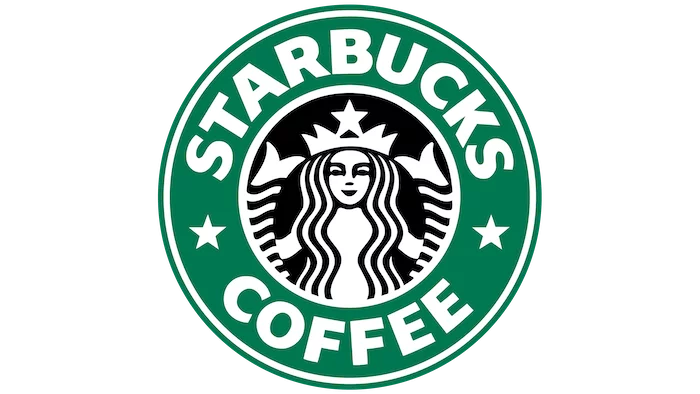
Starbucks, a global coffeehouse chain, strategically identifies its target audience for its highly successful loyalty program, Starbucks Rewards.
Target Audience Identification:
- Loyal, Repeat Purchasers: Starbucks doesn’t aim its loyalty program at all customers but primarily targets those who consistently visit and make purchases. These loyal patrons often exhibit frequent and consistent behavior, making them prime candidates for the rewards program.
- Potential for Higher Expenditure: The company focuses on customers who not only visit regularly but also have the potential to spend more. This includes individuals who not only purchase coffee but also additional items like snacks or merchandise, thereby increasing their spending potential.
D. Choose Appropriate Incentives for Loyalty Rewards
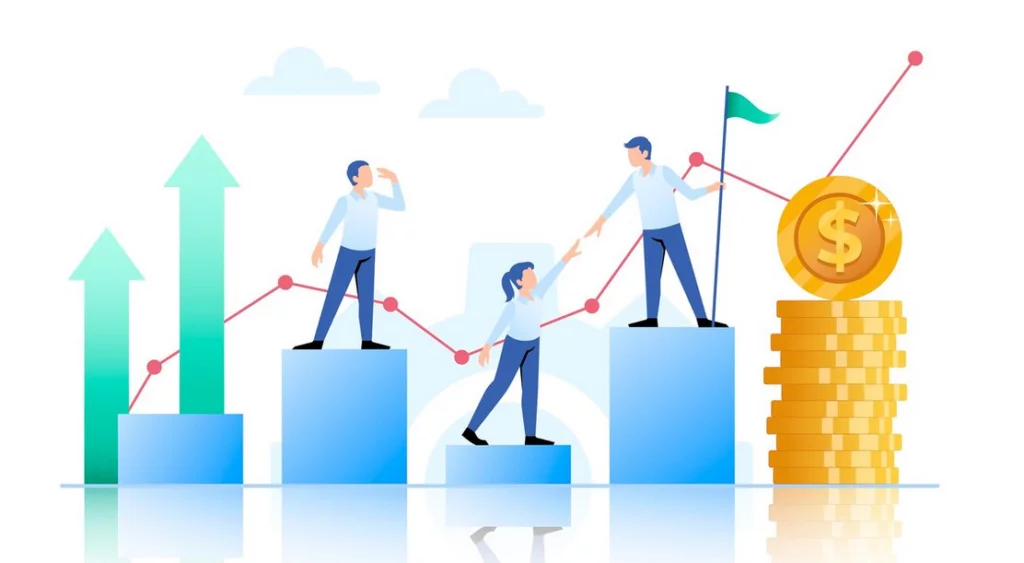
Survey your existing customer base to ascertain their preferences for an ecommerce loyalty program. They might desire birthday freebies or exclusive access to limited-edition products. Understanding their preferences emphasizes your appreciation for their patronage and commitment to delivering benefits directly relevant to them.
This insight can also stimulate creativity in designing your loyalty program.
Tools & Examples:
- Smile.io: Allows customization of rewards, including points, discounts, freebies, and exclusivity.
Company: Amazon Prime Tailored Incentives for Enhanced Loyalty
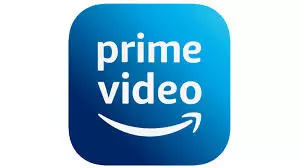
Amazon Prime, the subscription-based service offered by Amazon, exemplifies the art of customizing incentives within its loyalty program based on customer preferences.
Utilizing Customer Feedback:
- Understanding Customer Needs: Amazon continuously gathers feedback from its Prime members through surveys, reviews, and purchasing patterns. They analyze this data to discern what additional benefits or incentives would be most valued by their customers.
- Identifying Desired Benefits: Through their research, Amazon discovered that Prime members highly valued benefits such as fast and free shipping, exclusive access to deals and discounts, streaming services (like Prime Video), and early access to select products.
E. Select a Suitable Integration for Your Loyalty Program

Numerous loyalty program plugins are available, especially within Shopify environments. Select a program that seamlessly integrates with your current ecommerce site and other marketing platforms.
Explore demos and compatibility sections to visualize how the product operates and ascertain its compatibility with various platforms and apps. Integrating with your email marketing software simplifies information synchronization and aids in segmenting loyalty customers based on points or actions.
Tools & Examples:
- LoyaltyLion: Integrates with Shopify, Magento, and BigCommerce for loyalty and referral programs.
Company: Gymshark Choosing Seamless Integration for Loyalty Programs

Gymshark, a leading fitness apparel brand, strategically selected a seamless integration for its loyalty program to enhance customer engagement and retention.
Integration Selection Process:
- Platform Compatibility Evaluation: Gymshark thoroughly evaluated different loyalty program integrations available for their Shopify-based ecommerce platform. They sought a solution that seamlessly integrated with Shopify’s infrastructure to ensure a smooth implementation process without disrupting their existing operations.
- Compatibility with Marketing Platforms: Gymshark also considered how the chosen loyalty program integration would sync with their marketing platforms. They aimed to streamline data synchronization and segmentation for effective email marketing and targeted campaigns.
F. Communicate the Value Proposition of Joining Your Program

Launch day calls for generating excitement about the program’s benefits and simplifying the sign-up process. If your loyalty program adds substantial value, the volume of sign-ups serves as a positive indicator of its success.
Devote a webpage on your site delineating the program’s perks and, if using a tiered system, illustrate the benefits unlocked upon reaching higher tiers or milestones. Include details on redeeming points and be transparent about point expiry.
Tools & Examples:
- LoyaltyLion: Offers comprehensive tools for explaining loyalty program benefits on websites.
Company: Airbnb Highlighting Benefits and Clarity in Loyalty Program

Airbnb, the online vacation rental marketplace, strategically communicates the value proposition of its loyalty program, Airbnb Plus, to attract and retain customers.
Launch Strategy:
- Showcase Program Benefits: Airbnb Plus has a dedicated section on the website where they highlight the benefits of joining the loyalty program. They emphasize perks such as exclusive access to top-rated homes, personalized travel experiences, priority customer support, and discounts on future bookings.
- Illustrate Tiered Benefits: Similar to other loyalty programs, Airbnb Plus operates with tiers, unlocking more benefits as users ascend through the levels. They clearly outline the perks associated with each tier, encouraging users to strive for higher levels by utilizing the platform more frequently or booking specific types of stays.
- Transparent Policies: Airbnb communicates its policies regarding point accrual and redemption, ensuring transparency on how users can earn rewards and utilize them for future bookings.
G. Simplify Multi-platform and Social Media Participation

Promote your loyalty program across diverse channels like email, SMS, and social media. Consider offering unique incentives for early sign-ups to generate excitement and encourage initial purchases.
Tools & Examples:
- ReferralCandy: Provides tools for incentivizing referrals through social media and email marketing.
Company: Glossier Multi-platform Promotion with Unique Incentives
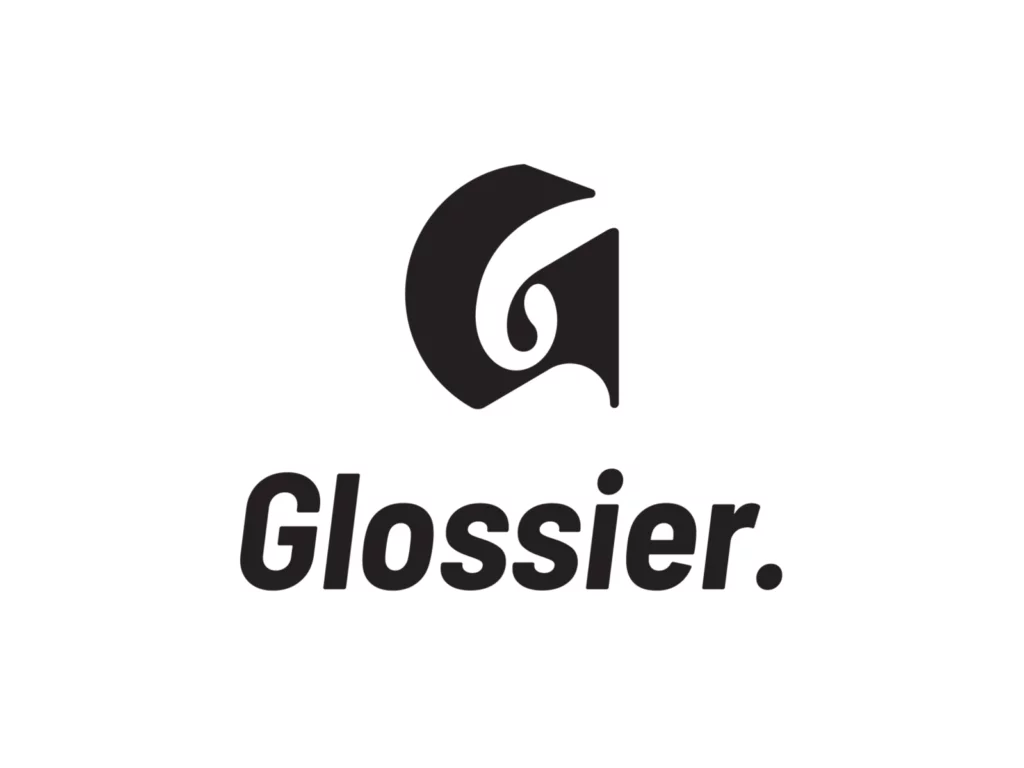
Glossier, a beauty and skincare brand, effectively promotes its loyalty program, “Glossier Reps,” across various channels with enticing incentives for early sign-ups.
Multi-platform Promotion:
- Diverse Channel Engagement: Glossier leverages email marketing, SMS, and social media platforms like Instagram, Twitter, and TikTok to spread the word about its “Glossier Reps” program. They ensure consistent and engaging messaging across these platforms to capture a broader audience.
- Incentivizing Early Sign-ups: To create buzz and excitement, Glossier offers exclusive incentives for early sign-ups. These incentives might include limited edition products, early access to new launches, or personalized discounts for the first batch of program participants.
H. Personalize Customer Journeys and Profiles

Develop automated actions for various customer events. Customer data is invaluable for shaping your marketing strategy. For instance, trigger emails upon achieving a new tier, or suggest additional purchases to encourage more frequent spending. Engage inactive customers with emails prompting their return.
I. Evaluate Customer Lifetime Value using Reporting Tools
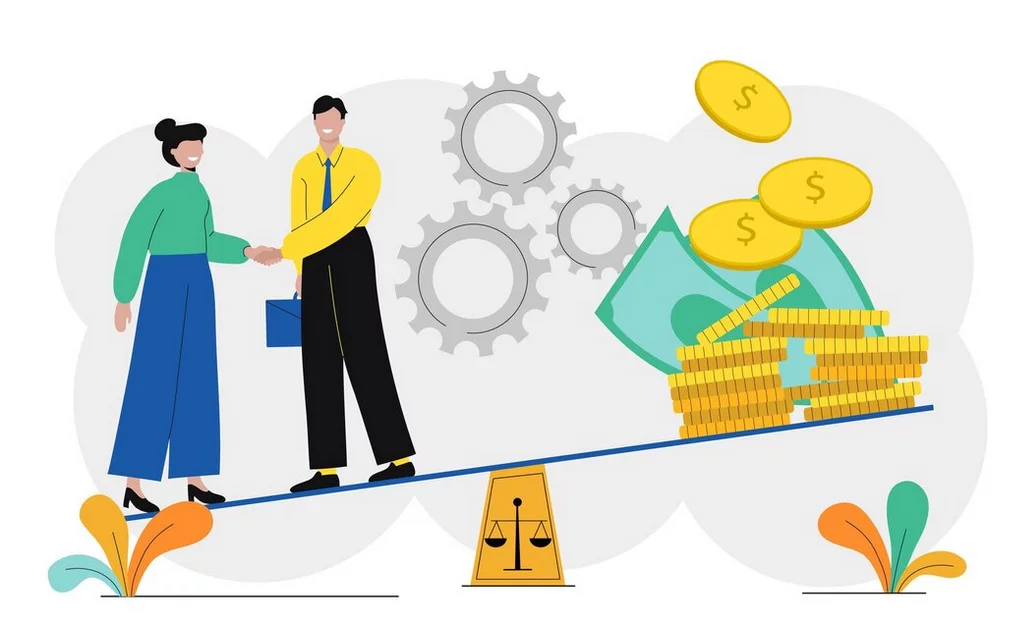
Once your loyalty program is operational and customer engagement is high, delve into the reporting section of your loyalty app. Assess analytics to gauge the program’s impact on predefined goals. Analyze customer lifetime value to understand their long-term worth to your business.
Tools & Examples:
- LoyaltyLion: Provides analytics and reporting tools to track loyalty program performance.
Company: Nordstrom Analyzing Customer Lifetime Value for Enhanced Loyalty
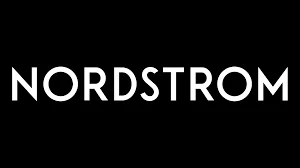
Nordstrom, a renowned fashion retailer, utilizes reporting tools within its loyalty program, Nordy Club, to assess customer lifetime value and drive program effectiveness.
Strategy Implementation:
- Data-Driven Loyalty Program: Nordstrom’s Nordy Club collects extensive data on customer shopping habits, preferences, and engagement with loyalty benefits like early access to sales, personalized offers, and bonus point events.
- Reporting and Analytics Tools: Nordstrom employs sophisticated reporting and analytics tools integrated into the Nordy Club platform. These tools analyze member activity, tracking metrics such as average spending, frequency of purchases, and the impact of various loyalty perks on customer behavior.
- Customer Lifetime Value Assessment: By leveraging these reporting tools, Nordstrom evaluates the lifetime value of its Nordy Club members. They assess the long-term worth of different customer segments, identifying high-value customers and understanding their contribution to overall sales and retention.
J. Revitalize Reward Systems for Sustained Engagement

Maintaining a successful loyalty program necessitates ongoing effort. To prevent customer fatigue, introduce new incentives periodically. For instance, periodically add new rewards to maintain customer interest and incentivize point redemption.
Tools & Examples:
- Yotpo: Offers features for ongoing customer engagement and reward system adjustments.
Company: Target Circle (Target) Refreshing Rewards for Sustained Engagement
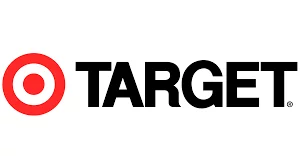
Target, a well-known retail chain, exemplifies the strategy of revitalizing reward systems within its loyalty program, Target Circle, utilizing approaches similar to features offered by Yotpo.
Strategy Implementation:
- Continuous Incentive Updates: Target Circle regularly introduces new incentives, rewards, and personalized offers for its members. These rewards may include exclusive discounts, early access to sales, personalized deals based on shopping history, and special perks tied to seasonal promotions.
- Periodic Reward Additions: To maintain customer interest and encourage point redemption, Target periodically adds new rewards. These could involve limited-time offers, bonus points for specific purchases, or member-exclusive benefits tied to partnerships with other brands.
Conclusion:
Ecommerce loyalty programs stand as an invaluable asset for businesses striving to cultivate enduring relationships with customers while fostering sustainable growth. Through these programs, brands not only incentivize repeat purchases but also cultivate a loyal customer base that drives revenue and acts as brand advocates.
By offering tailored incentives, personalized experiences, and exclusive rewards, businesses can create an ecosystem where customers feel valued, engaged, and committed to the brand. The financial benefits, including increased customer spending and amplified word-of-mouth referrals, further underscore the significance of these programs in the competitive ecommerce landscape.
How do loyalty programs impact overall business revenue?
Loyalty programs have a direct correlation with increased revenue. Loyal customers tend to spend more, make frequent purchases, and act as brand advocates, contributing significantly to the bottom line.
What role does technology play in modern loyalty programs?
Technology enables seamless program management, data-driven insights, and personalized experiences. AI, data analytics, mobile apps, and CRM systems significantly enhance the efficacy of loyalty programs.
How do loyalty programs contribute to building brand advocacy and customer trust?
Loyalty programs create positive brand experiences, nurturing customer trust and loyalty. By offering valuable rewards and personalized interactions, they inspire customers to become vocal advocates for the brand.
Can loyalty programs benefit niche or specialized ecommerce businesses?
Absolutely. Loyalty programs, when tailored to suit the unique needs and preferences of niche markets, can foster deeper connections and amplify customer loyalty within specialized ecommerce sectors.



